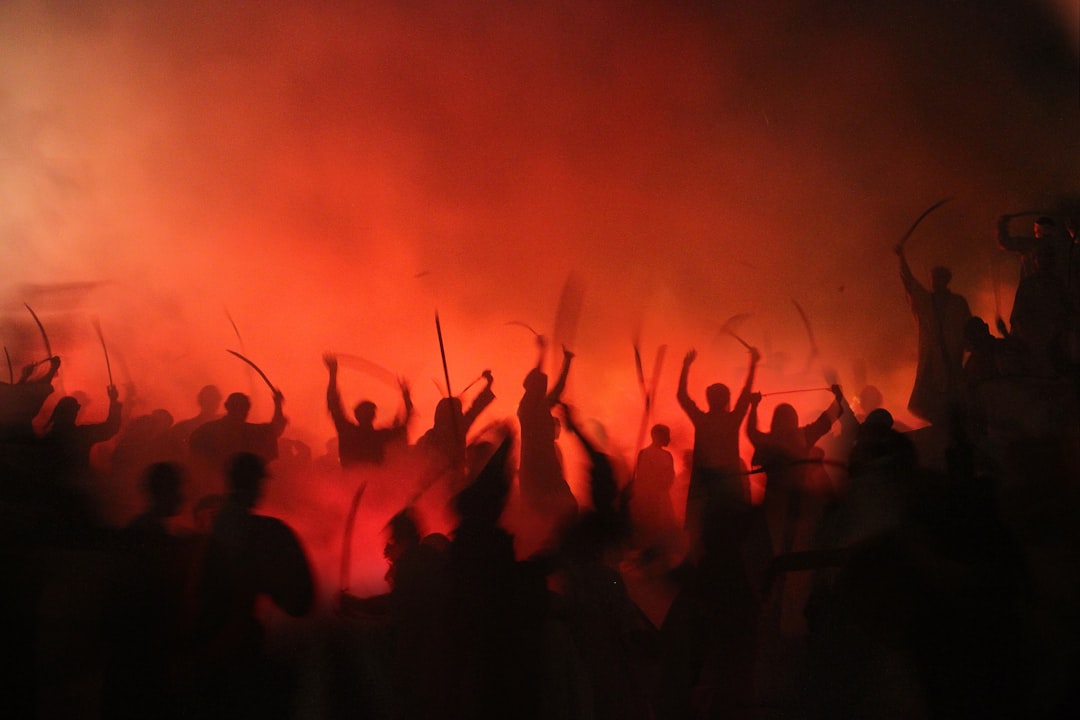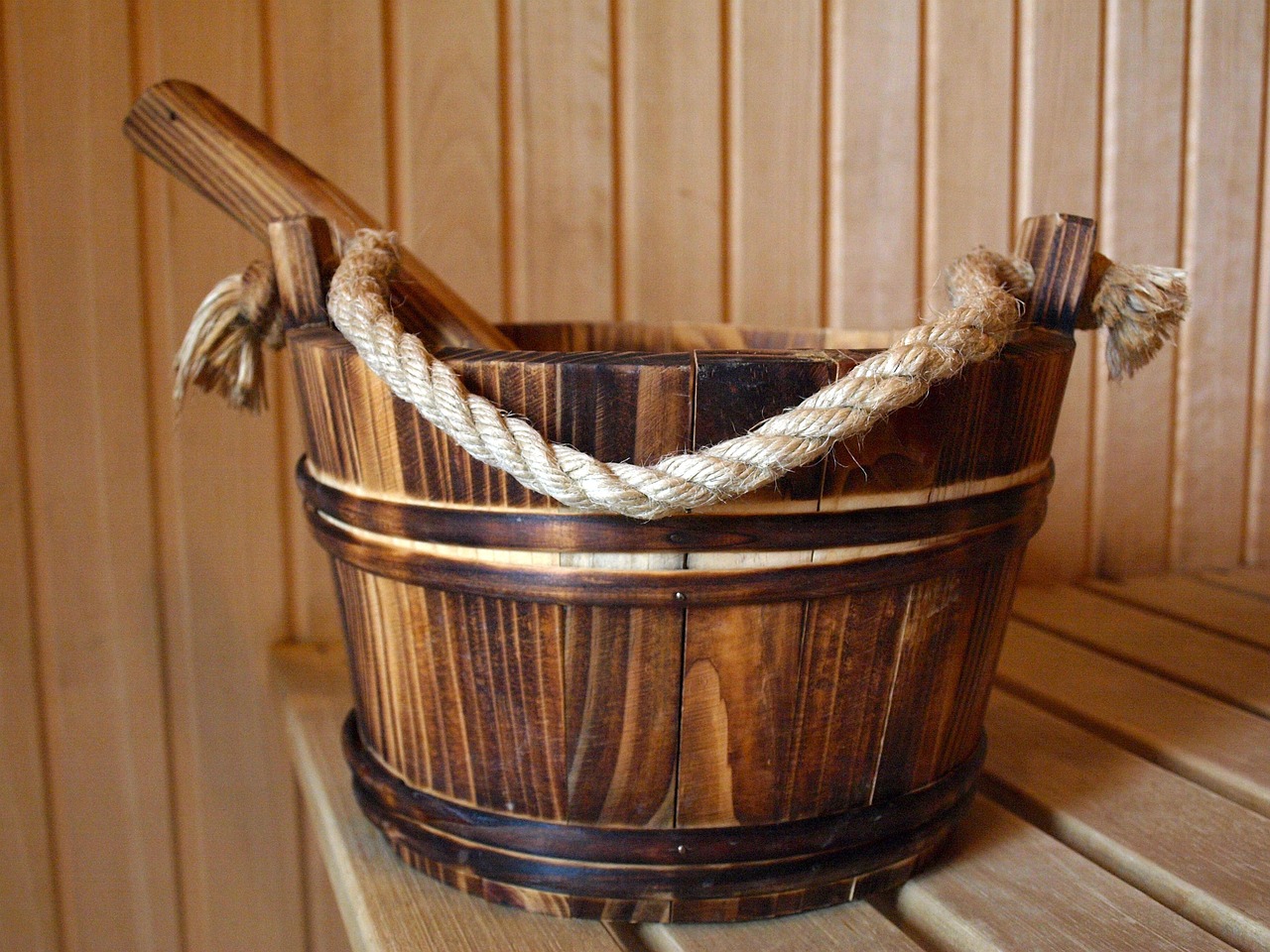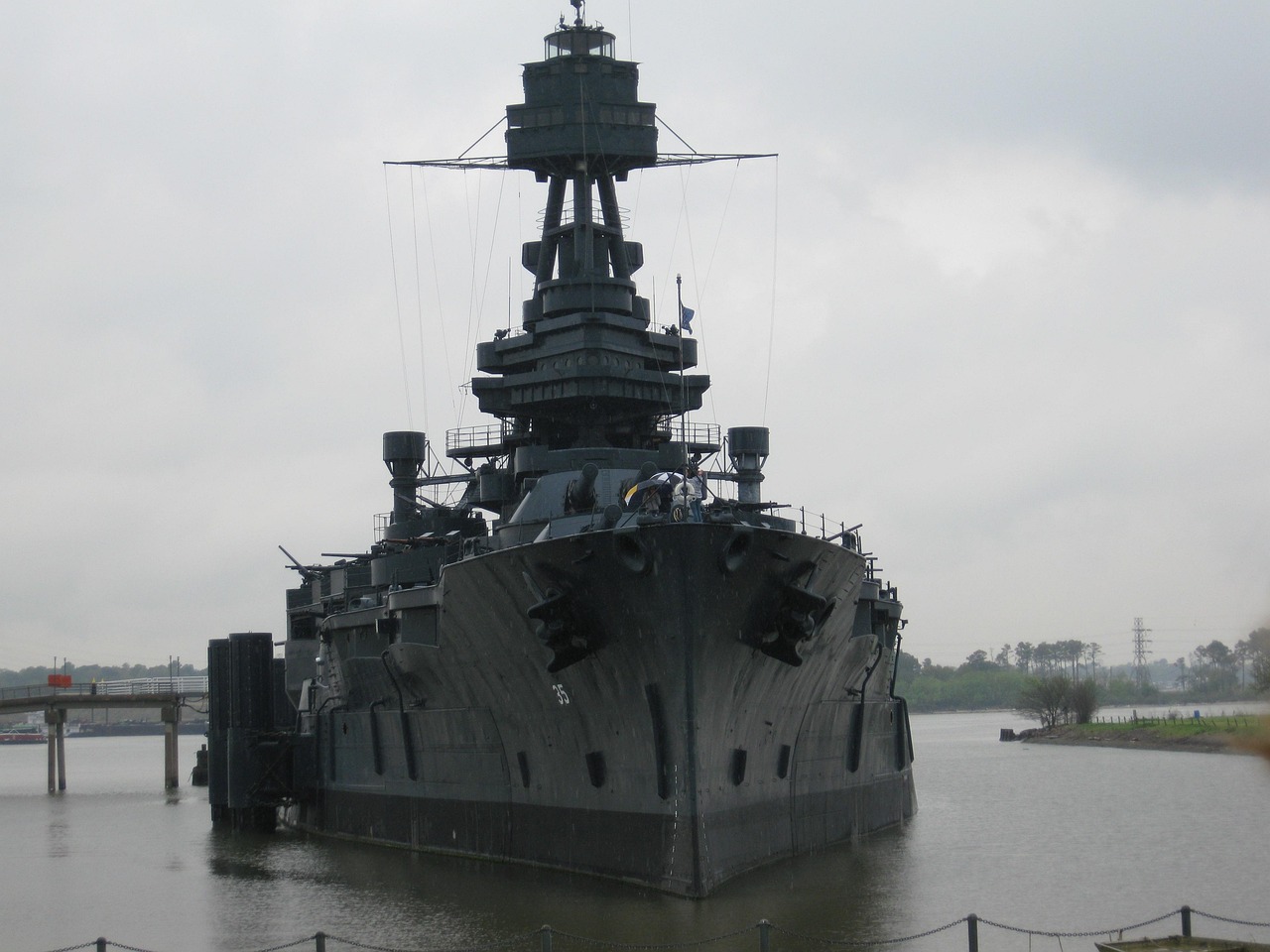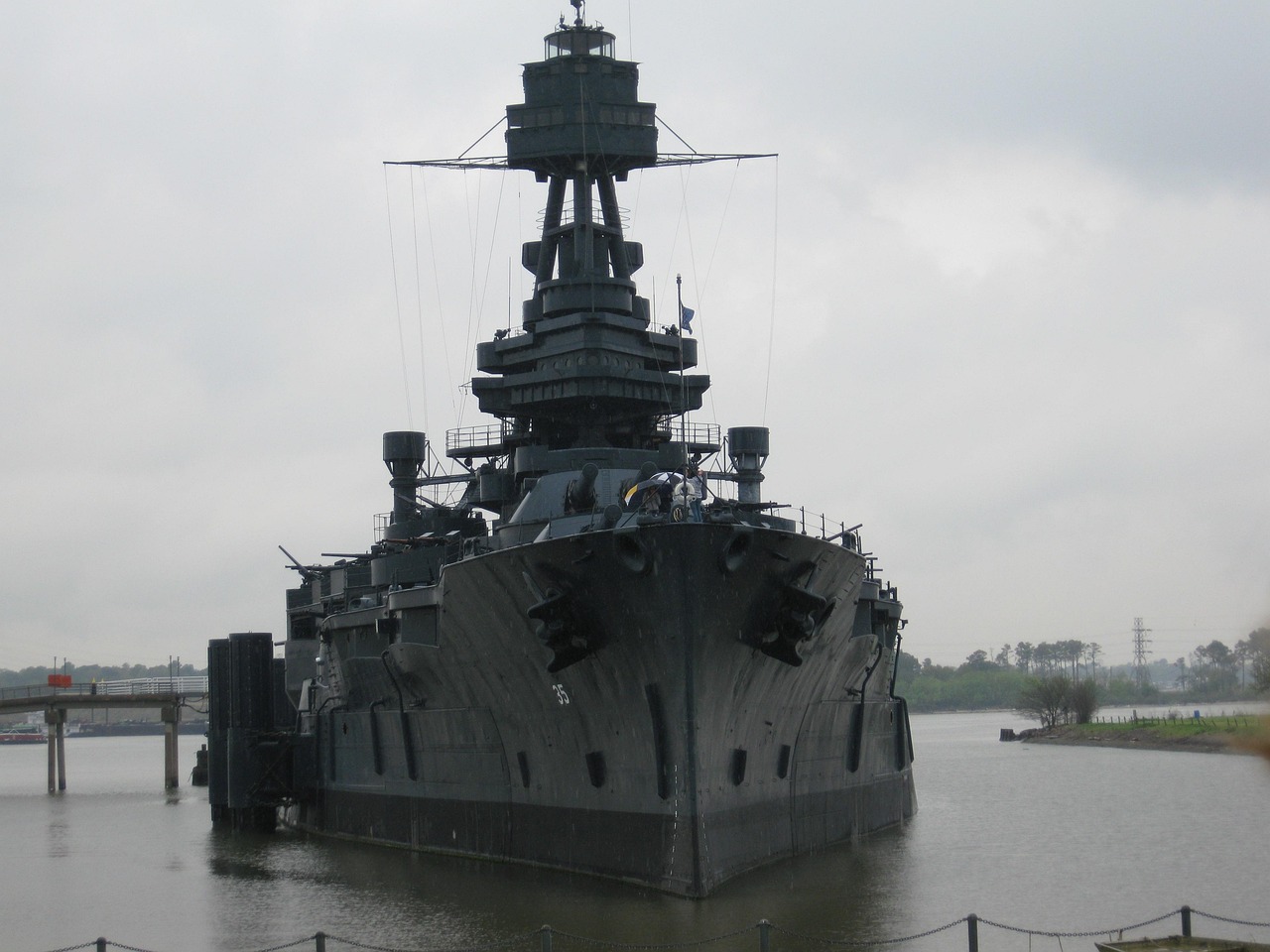A Pastry That Brought Nations to Their Knees

Picture this: France and Mexico go to war because someone destroyed a French baker’s pastry shop in Mexico City. The king was already furious that Mexico had failed to repay millions in loans, and now he demanded they pay 600,000 pesos to compensate the pastry chef for his losses. When the Mexicans balked at handing over such an astronomical sum, Louis-Philippe did the unexpected: He started a war. In October 1838, a French fleet arrived in Mexico and blockaded the city of Veracruz. The chef, however, was a man of resolve. He decided that, as a French citizen, he would appeal directly to the King of France for help. As it happened, the French government were none too pleased with Mexico over something or other. Sometimes the smallest slights can snowball into international disasters that last months and cost hundreds of lives. A few minor battles followed, and by December as many as 250 soldiers had been killed. The famous general Santa Anna even came out of retirement to lead the Mexican army against the French, and he lost a leg after he was wounded by grapeshot.
The Pig That Almost Broke Two Empires

The first and only shots of the Pig War came on June 15, 1859, when an American farmer named Lyman Cutlar gunned down a British-owned black boar after he discovered the animal rooting through his potato patch. The ensuing argument over the dead hog increased tensions between the two groups of settlers, and Cutlar was eventually threatened with arrest. This wasn’t just any ordinary farm dispute – it nearly triggered a full-scale war between the United States and Great Britain over San Juan Island. The conflict’s catalyst was mundane—a black boar shot by an American farmer, unaware it belonged to British settlers. Captain George Pickett of the U.S. Army declared the entire island U.S. property, leading to a standoff reminiscent of the Cold War. Both nations sent warships and troops to the tiny island, all because one pig couldn’t resist some delicious potatoes. Think about that next time you complain about your neighbor’s annoying pets – at least you’re not calling in the military. Sensibly, both nations opted for diplomacy, bringing the conflict to the negotiating table in 1872, upholding the status quo.
A Wooden Bucket Worth Fighting For

This war began in 1325, when a rivalry between the independent city states of Modena and Bologna spiraled out of control over the most unlikely of things: a wooden bucket. The trouble started when a band of Modena soldiers raided Bologna and stole a large wooden bucket. What happened next defies all logic and reason – Bologna declared war on their neighbors over this simple household item. The raid was successful, but Bologna, wishing to secure both its bucket and its pride, declared war on Modena. The war raged on for twelve whole years but Bologna never did manage to get its bucket back. To this day the bucket is still stored in Modena’s bell tower. Imagine explaining to your family that dad won’t be coming home because he’s fighting a twelve-year war over someone’s water bucket. Triggered by soldiers from Modena pilfering a bucket from a Bolognese well, the conflict reflected deep-seated religious and political tensions. Modena, with 7,000 soldiers, repelled the 30,000-strong Bolognese army, resulting in thousands of casualties. The absurd origin of the war, a petty theft, underscores the irrationality of human conflicts, where trivial disputes can escalate into tragic confrontations.
The Football Match That Ended in Bloodshed

There was fighting between fans at the first game in the Honduran capital of Tegucigalpa on June 8, which Honduras won 1–0. The second game, on June 15 in the Salvadoran capital of San Salvador, was won 3–0 by El Salvador; even more violence followed. A play-off match took place in Mexico City on June 26, which El Salvador won 3–2 after extra time. What started as qualifying matches for the 1970 World Cup spiraled into actual warfare between Honduras and El Salvador. The Salvadorans stayed up all night screaming in front of the hotel where the Honduras team was staying so that no one could sleep. It was trivial, but shortly after that, riots broke out in Honduras where Salvadoran were dragged out of their homes, beaten, driven off jobs, brutalized. Soccer fans can be passionate, but this took things way too far. The war began on 14 July 1969 at around 6 PM, when the FAS attacked Honduran airfields using P-51 Mustangs, as well as C-47 Skytrains and civilian aircraft hastily converted into bombers. The Salvadoran Army then launched a two-front invasion of Honduras; one contingent headed to secure the prosperous Sula Valley, while the other marched along the Pan-American Highway toward Tegucigalpa. During the conflict, approximately 250 Honduran soldiers were killed as well as around 2,000 civilians. Combined Salvadoran casualties numbered around 2,000.
The Flagpole That Sparked a War

On the 8th July, to express their repudiation of British authority, some of Hoke’s men, led by a chief called Te Haratua, ascended Maiki Hill, to the south of the township, and cut down the flagpole that had been erected there to fly the Union Jack. So far, no-one had been killed, but it was clearly a provocation. This might seem like simple vandalism, but in 1840s New Zealand, cutting down the British flagstaff was like declaring independence. On 10 January 1845, the flagstaff was cut down a second time, this time by Heke. A new and stronger flagstaff sheathed in iron was erected on 18 January 1845 and the guard post built around it. Nene and his men provided guards for the flagstaff, but the next morning the flagstaff was felled for the third time. Hōne Heke made it his personal mission to chop down every flagpole the British erected, creating a bizarre cycle of construction and destruction. The image of Hōne Heke chopping down the British flag on Maiki hill above Kororāreka (Russell) in 1845 is the enduring symbol of the Northern War. At the time this conflict was often called ‘Hōne Heke’s Rebellion’ or the ‘Flagstaff War’. The Northern War was the first serious challenge to the Crown in the years after the signing of the Treaty of Waitangi. Thirteen soldiers and civilians had died in the battle or as a result of it soon after, with about 36 wounded. Heke and Kawiti were victorious.
The Severed Ear That Launched a Thousand Ships

In 1738, a British mariner named Robert Jenkins displayed a severed, decomposing ear before the members of Parliament. As part of a formal testimony, he claimed that a Spanish coastguard officer had sliced off his ear seven years earlier as punishment for smuggling. Spurred on by this stirring testimony, the British had soon declared war on the kingdom of Spain. Jenkins kept his severed ear pickled in a jar for seven whole years before finally deciding to make it a diplomatic incident. The unusual name of the war stemmed from an incident in 1731 in which a Spanish gunboat crew boarded the English ship Rebecca to confiscate some of its cargo. When the captain of the ship, Robert Jenkins, resisted, the Spanish soldiers tore off his ear and told him to “carry it to his King and tell him they would serve him in the same manner should an opportunity offer.” The British public was so outraged by this preserved body part that they demanded immediate military action. Eight years later, the British were looking for an excuse to force Spain out of the Caribbean and South America, so they launched a war that saw 25,000 dead or wounded and nearly 5,000 ships lost to avenge that ear. When Jenkins returned to England, with his ear pickled in a bottle, it had tremendous effect on the country. The House of Commons summoned Jenkins to appear before them, and told to produce the ‘ear’, which he duly did. When asked ‘What did you do?’ Jenkins replied, ‘I commended my soul to God and my cause to my country.’
The Dog That Nearly Destroyed Two Nations

Tensions finally boiled over in October 1925, when a Greek soldier was shot after allegedly crossing the border into Bulgaria while chasing after his runaway dog. The shooting became a rallying cry for the Greeks, who soon after invaded Bulgaria and occupied several villages. A simple case of a lost pet turned into an international crisis between Greece and Bulgaria. Following the Balkan War in the 1910s, Greece and Bulgaria had a strained relationship, with tensions reaching a breaking point when a Greek soldier was fatally shot while allegedly crossing the Bulgarian border in pursuit of his runaway dog. Greece swiftly mobilized its troops, invading Bulgaria and seizing control of several villages. The city of Petrich was bombarded, leading to the loss of 50 lives before the League of Nations intervened. Dogs have a reputation for being man’s best friend, but this particular pooch nearly became the enemy of two entire countries. In 1925, Greece and Bulgaria were not friends. They had fought each other during the First World War and those wounds had not yet healed. Tensions were perpetually high along the border, especially along an area called Petrich. Those tensions reached a boiling point on October 22, 1925, when a Greek soldier chased his dog across the Bulgarian border and was shot dead by a Bulgarian sentry. Greece vowed retaliation and, true to its word, it invaded Petrich the very next day. You’d think people would have learned to keep better track of their pets after this incident.
The Soup Kettle That Ended an Empire’s Ambitions

That day, the Dutch ship the Dolfijn was sent out to intercept the Imperial ships. After only one shot, which hit a kettle, Le Louis surrendered. In 1784, the mighty Holy Roman Empire sent three warships to challenge the Dutch Republic’s control of the Scheldt River, only to have their


